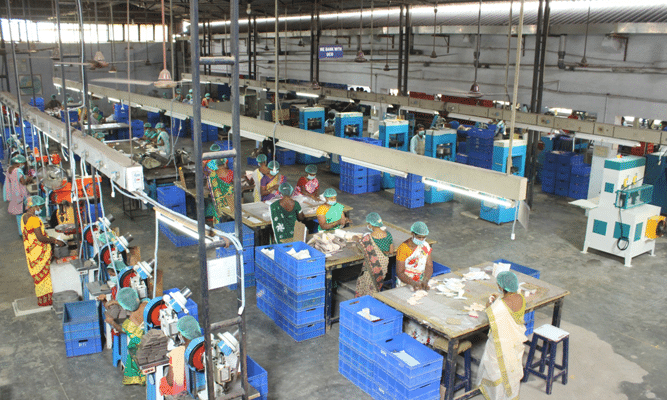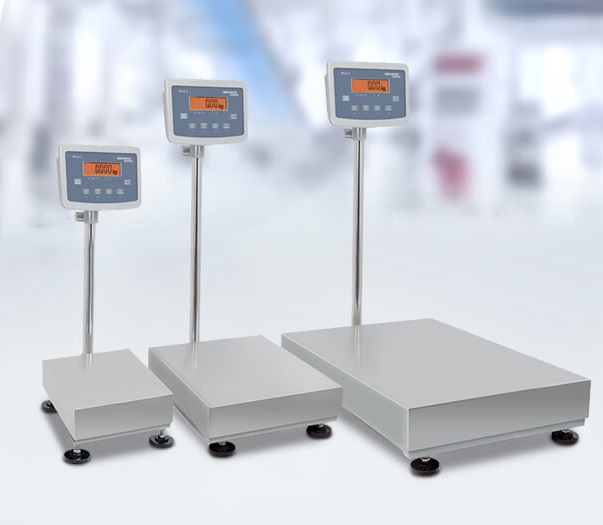Steel drums are widely used in various industries, including food, chemicals, pharmaceuticals, and petroleum. These drums are sturdy and durable, making them an ideal choice for transporting and storing materials. However, after prolonged use, steel drums can become damaged, rusted, or contaminated, rendering them unfit for use. This is where steel drum reconditioning comes into play.
Steel drum reconditioning is the process of restoring used steel drums to their original condition, making them safe for reuse. This process involves several steps, including cleaning, inspection, repair, and testing. In this article, we will discuss the benefits of steel drum reconditioning as an eco-friendly and cost-effective solution.
Cost-Effective Solution
One of the primary benefits of steel drum reconditioning is its cost-effectiveness. Reconditioned drums can be up to 50% cheaper than new drums, making them a more economical choice. Instead of purchasing new drums, companies can save money by reusing their existing drums. This can be especially beneficial for small businesses or companies with a limited budget.
Furthermore, reconditioning drums can help companies reduce their overall transportation and storage costs. Reconditioned drums are often lighter in weight than new drums, reducing the shipping and handling costs associated with transporting materials. Additionally, reconditioned drums are just as reliable as new drums, as they undergo the same rigorous testing and inspection processes.
Eco-Friendly Solution
Steel drum reconditioning is also an environmentally friendly option. Reconditioning drums reduces the amount of waste that would otherwise be generated from discarded drums. Steel is a recyclable material, and reconditioning drums helps to preserve natural resources and reduce the energy consumption associated with manufacturing new drums.
Furthermore, steel drum reconditioning reduces the carbon footprint associated with the transportation and storage of materials. By reusing existing drums, companies can reduce the number of trips required to transport materials, thus reducing the amount of greenhouse gas emissions generated.
How steel drum reconditioning works?
In this article, we will discuss each step of steel drum reconditioning in detail.
Step 1: Cleaning
The first step in steel drum reconditioning is cleaning. The drums are thoroughly cleaned to remove any residual material, dirt, or debris that may be present. The cleaning process typically involves the use of high-pressure water jets and detergents to ensure that the interior and exterior of the drum are completely free of contaminants.
Step 2: Inspection
Once the drums have been cleaned, they are inspected for any damage or corrosion. The inspection process is critical, as any defects can compromise the integrity of the drum and render it unsafe for use. The drums are carefully examined for any signs of leaks, dents, or rust. If any defects are found, the drums are set aside for repair.
Step 3: Repair
The repair process involves fixing any defects or damage that was found during the inspection process. The repair process can vary depending on the extent of the damage. Minor dents can be hammered out, while larger dents may require the use of hydraulic presses. If there is any rust or corrosion, the affected area is sanded down and treated with rust inhibitors. The drums are then repainted to protect them from further corrosion.
Step 4: Testing
Once the drums have been cleaned, inspected, and repaired, they undergo a series of tests to ensure that they are safe for reuse. The drums are tested for leaks, pressure resistance, and overall strength. This is done to ensure that the drums can withstand the stresses of transportation and storage.
Benefits of Steel Drum Reconditioning
Steel drum reconditioning offers several benefits. First, it is a cost-effective alternative to purchasing new drums. Reconditioned drums can be up to 50% cheaper than new drums, making them a more economical choice. Additionally, reconditioning drums is an environmentally friendly option, as it reduces the amount of waste that would otherwise be generated from discarded drums. Finally, reconditioned drums are just as safe and reliable as new drums, as they undergo the same rigorous testing and inspection processes.
Conclusion
In conclusion, steel drum reconditioning is an eco-friendly and cost-effective solution for transporting and storing materials. The process involves cleaning, inspection, repair, and testing, and it offers several benefits, including cost savings, environmental sustainability, and reliability. If you need to transport or store materials in steel drums, consider reconditioned drums as a cost-effective and safe alternative to purchasing new drums. By doing so, you can reduce your overall costs and environmental impact while maintaining the reliability and safety of your material storage and transportation.



